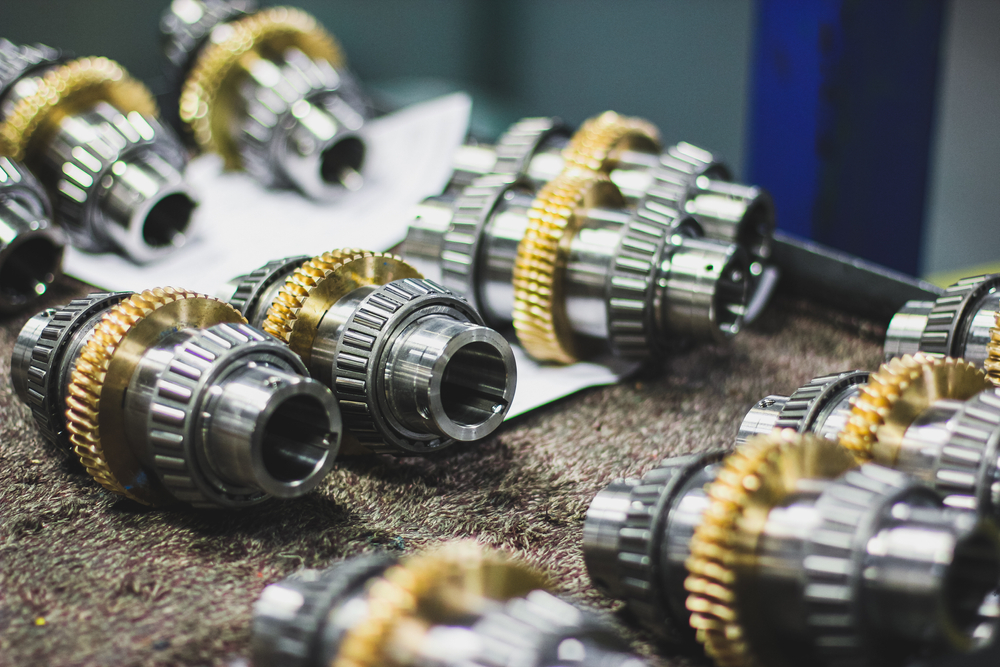Gearmotors possess tremendous value and versatility for various applications and industries. They’re common in mobility scooters, wheelchairs, and even heavy industry sectors such as large-scale construction projects. This article looks at the benefits of mobility gearmotors, the different types of gears, and how Telco can help you get started.
What is a Gearmotor?
A gearmotor is a combination of an electric motor and a gearbox. The gearbox is the component that allows for the torque to increase steadily while at the same time maintaining low-speed levels of the prime mover output shaft drives. Gearmotors are highly sought after because they’re simple to use, highly affordable, and consume low energy.
The Benefits of Gearmotors for Mobility
There are several benefits of geared motors for mobility applications. This section will go over the benefits of using gearmotors for mobility and a summary explaining the advantages.
Lower Costs
One of the top benefits of using gearmotors for mobility is their ability to multiply torque seamlessly while keeping speed levels low, resulting in reduced operating costs. Gearmotors are reasonably affordable to install and need minimal maintenance. With little downtime to repair components, gearmotors are a great option.
Environmentally Friendly
Gearmotors are environmentally friendly, mainly because they use efficient speed reducers, which keep energy usage and costs low. Gearmotors are environmentally beneficial because their design helps massively reduce heat loss while remaining highly effective in many applications.
More Torque
The placement of a gearmotor is next to the motor output shaft. With more teeth on each gear, the gearmotor can produce more torque, meaning the gearmotor is more powerful. This aspect is a mechanical advantage when a gear has a higher teeth ratio.
Lower Speeds
Gearmotors, also known as gear reducers, can simultaneously increase their torque output while decreasing speed. For example, a gearmotor that runs at 1,000 revolutions per minute (rpm) and has a gearhead ratio of 5:1 can output 200 rpm.
Different Types of Mobility Gears
It is important to point out that there are four main types of gearmotors. Each gearmotor has unique advantages and designs for specialized applications. Below is a list of the different types of gears used in gearmotors.
Bevel Gears
Bevel gears use teeth with angled edges, with either straight or spiraled teeth being the most common. The bevel gears that have straight teeth are for lower-speed applications, while the spiraled versions are for those that are much higher-speed.
Worm Gears
Worm gears use a cylindrical gear design, sometimes called a worm wheel, and a screw-shaped gear referred to as a worm. This particular gear is responsible for transferring motion and power from one shaft to another, which aren’t parallel and don’t intersect. Worm gears typically have staggering gear ratios, reducing speed dramatically while staying quiet and smooth.
Hypoid Gears
The hypoid gears are famous for being highly efficient and used in applications requiring less torque, usually in the final stages of a task. Hypoid gears use a blend of specific aspects of the worm and bevel gears, resulting in a tooth pattern that dramatically reduces friction.
Spur Gears
Straight teeth set perpendicular to the shaft form a cylindrical gear-shaped body. Spur gears are one of the most commonly used gears. The spur gears are parallel to the transfer of motion when grouped into pairings, typically found in the medical field.
Helical Gears
While somewhat similar to spur gears, helical gears are different because their teeth tend to have their gear teeth cut at an angle rather than straight. Typically, the line of contact between the two teeth on a helical gear is not parallel but on an incline.
Gearmotor Applications in Mobility Equipment
Gearmotors are found across various industries and applications, ranging from being used in jacks, cranes, elevators, clamping, automation, and logistics. Below are some examples of geared motors for mobility applications:
- Transport and logistics systems
- Automotive, throughout the manufacturing process
- Food and beverage, with processes ranging from packaging to filling
- Robots and handling machines
- Stairlift mobility
- Powered wheelchairs and mobility scooters
- Gearmotors for AGV, self-driving vehicles found in a warehouse to transport materials
Many pieces of mobility equipment use gearmotors for their ability to produce high torque out and lower speed levels. Ultimately, gearmotors are an excellent solution for equipment tight on space but need ample power.
At Telco, We’ve Got You Covered
With over thirty years of experience under our belts, Telco has developed a reputation for providing industry-leading gearmotor assemblies for all projects. Our specialized team, TelGear, is staffed with highly knowledgeable personnel and quality parts to get you started on the right foot. To learn more, head to our website for more on gearmotors and get started today!
